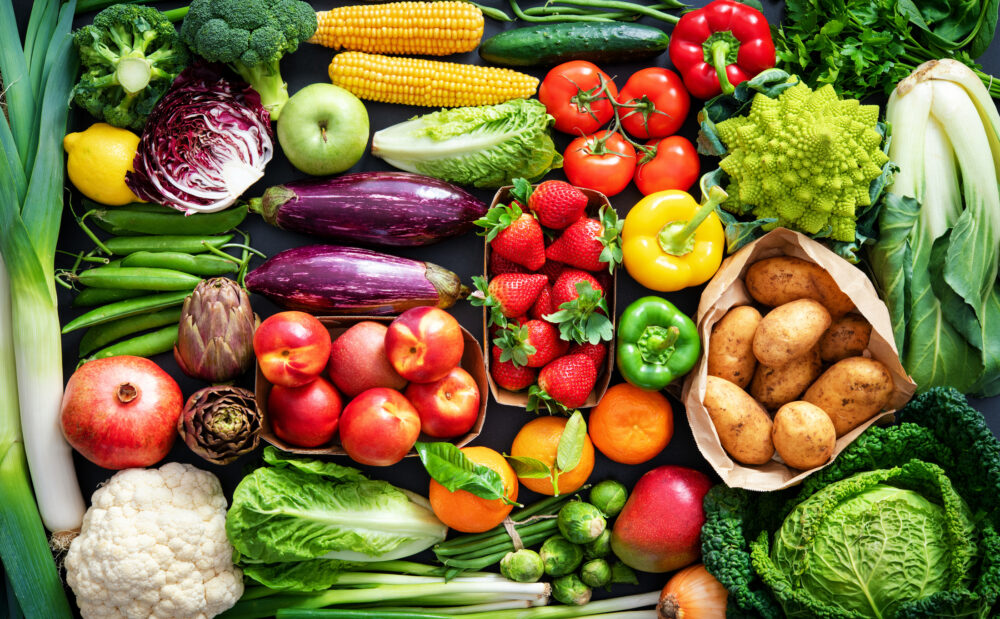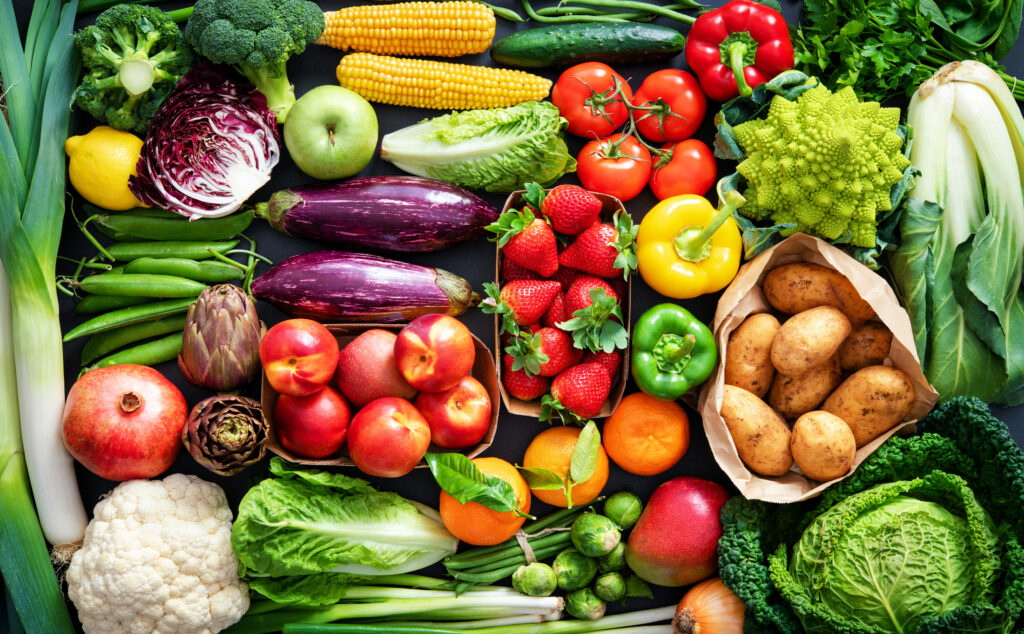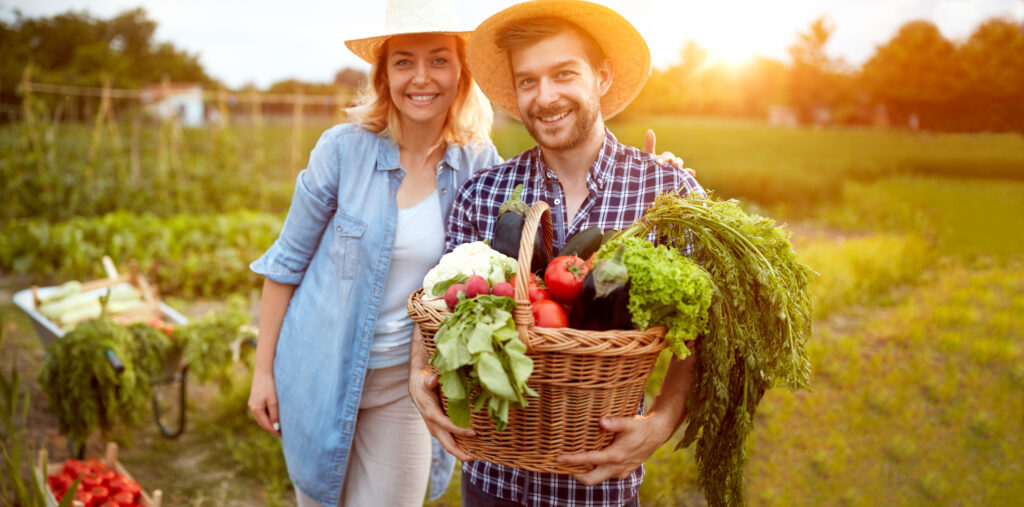Companion Vegetable Garden – How To Plan A Companion Vegetable Garden
Some folks consider the companion vegetable garden pure science. Others view it as part of gardening folklore. But in reality, it’s both science and folklore with a dash of personal flair added in for good measure. Whether you had trouble with space limitations in your garden or you haven’t had much success with certain veggies due to pests or other external factors, a companion vegetable garden could remedy that situation.
If you’re like me, you must have more vegetables on your gardening wishlist than you have space for them in your garden. You could try to plant them in rotations, but as we all know, not all veggies play nice together. Pretty soon, it becomes clear that some plants cannot survive within close proximity of each other. That’s where the revolutionary concept of the companion vegetable garden comes in.
What is a Companion Vegetable Garden?
In its simplest form, a companion vegetable garden is a veggie garden of compatible plants that not only do well together but also help each other grow and thrive. There are conditions and factors to consider when you’re planning your veggie garden. Things like planting time, spacing, number of plants, watering and feeding needs, and harvesting times all play a major role in the success of your vegetable garden.
So the next time you plan your vegetable garden, you need to think in terms of pairing the vegetables not just to save up space but also to deter pests and protect your crops. If you’re going to plant small and weather-sensitive veggies such as tomatoes, parsley, or basil, then you need to pair them with large plants such as corn or sunflower that shield them against strong and chilly winds.
The key for successful vegetable combinations is to pair together plants that have more or less the same light, food, and watering requirements. And while it’s OK to grow plant combos with different planting times, the veggies should ripen around the same time. That way, you can avoid situations where you have to delay harvesting one vegetable because another plant that depends on it is still not ripe yet.
Benefits of the Companion Vegetable Garden
There’s more to a companion vegetable garden than just planting vegetables that get along well together. As agriculturalists studied plants, they came to the conclusion that some veggie combos, when paired together, actually boost the success chances and improve the growth rate of other vegetables. Here are some common benefits of companion vegetable gardens.
-
- Attract good insects that feed on pests. Some veggies, such as eggplants, when paired with lettuce, will attract hoverflies that eat aphids and protect the lettuce crop. Borage and tomatoes are a good combo since the first lures in beads and wasps that feed on the scale and spider mites that attack tomato plants.
- Steer pests away from your veggies. Experts recommend growing nasturtium alongside fava beans to offer an easy meal to the blackfly and protect the beans. Nasturtium also has the same appeal for caterpillars which keeps your cabbage crop safe.
- Confuse pests with strong-smelling plants. Garlic is a hardy veggie that is immune to most pests. So when you grow it with nectarine or peach, the strong odor of garlic will mask the other crops from the pests.
- Shade and support. Grow the tall sunflowers to offer shade to cucumbers and protect them against the drop in temperature at night.
- The three sisters. This is part of the farming folklore where farmers tend to plant squash, corn, and beans together. The leaves of the squash keep weeds at bay. The beans fix nitrogen in the soil for both the other plants. Meanwhile, the corn offers support for the creeping bean vines.
- Improve flavors. If you like to plant strawberries in your garden, consider pairing them with borage. It enriches the soil with several minerals, which give the strawberries a good flavor.
- Enrich the soil. Beans and peas are known for fixing the soil with nitrogen. So pair legumes with heavy feeders such as potatoes to increase your potato yield.
Plant Combos for the Companion Vegetable Garden
Even though we’re talking about a companion vegetable garden, you should expand your growing horizons to include other plants as well. For example, you could sow flowering plants in your garden to attract hummingbirds, butterflies, and bees, which are all excellent pollinators. The more varied the plants in the vegetable garden, the better the yield and the fewer pest issues you face. Here are some plant combos to grow as pairs.
Melons and Herbs
The idea is that melons need pollinators. And herbs are flowering plants that attract bees and other good pollinators. Now the trick is to make sure the two plant species flower around the same time so that the pollinators that the flowering herbs attract will also pollinate the melon flowers. This same concept also works for squash and herbs. However, you’ll need to start the squash or melon earlier than the herbs to get your flowering timing right.
Lettuce and Tomatoes
One of the most weather-sensitive plants, lettuce is a high maintenance vegetable. Maybe that’s why no many people like to grow it in the garden. It just requires adequate light and temperature, which not every gardener can provide. But if you pair the lettuce with tomatoes, you can protect the delicate lettuce against the garish sun and excessive heat in the summer. The tomato bushes offer shade not just to lettuce but to other less hardy veggies such as eggplants.
Cabbage and Chamomile
If you think there’s nothing common between chamomile and cabbage, think again. They might look very much different from each other, but pairing them brings many benefits to the cabbage. When the chamomiles are fully mature, chop them off and use them as mulch between the rows of cabbage. They will rot and feed the veggies with valuable nutrients while also preventing weeds and other invasive plants from growing. The roots of the chamomile in the soil will break down and enrich the soil for the next patch of veggies you plant there.
Broccoli and Calendula
Aphids are a gardener’s worst nightmare. They are tiny insects that crawl on the leaves and stems and feed on the sap leaving considerable damage in their wake. Instead of using herbicides, you can grow calendula with its beautiful flowers to lure the pesky aphids away from your veggies. Paired with broccoli or cabbage, the flowers of calendula do a good job trapping aphids on the sticky goo that covers their stems. The flowers themselves are a magnet for good insects such as ladybugs. Ladybugs also feed on aphids. So it’s a win-win situation any way you look at it.
Swiss Chard and Sweet Alyssum
We talked about Swiss chard before and how easy it is to grow it in your garden. However, since it attracts many pests, including aphids, caring for the veggie is just too much work for some gardeners. But now, you can pair the Swiss chard with sweet alyssum and allow nature to take care of the pest problem. Sweet alyssum attracts hoverflies which is the natural enemy of aphids. You can pair sweet alyssum with other veggies in your garden as well to control aphid infestations.
Basil and Tomatoes
Basil is one of those herbs you grow just to add some sweet fragrance to your garden. Not to mention the sumptuous flavors it brings to your meals. But did you know that basil leaves also mask the presence of other vegetables and prevent pests from detecting them? That same strong odor of the leaves also is enough deterrence to keep other pests away from your garden altogether. So pair your tomatoes with basil to reduce the number of pests you have to fend off as the tomatoes grow. Also, as with many other flowering herbs, the blooms of the basil bring all the good pollinators to the garden.
Carrots and Radishes
Although, on the surface, radishes and carrots appear as competing veggies, in reality, they do well as pairs. Yes, they both have roots that grow in length and girth as they suck the nutrients out of the soil. But since carrots have taproots, they tend to penetrate the deeper layers of the soil in search of nutrition, leaving radishes to feed closer to the surface. So you can grow these two heavy feeders together and harvest radishes faster since carrots take longer to ripen in the garden.
Companion Vegetable Garden Example
Naturally, when you plan your companion vegetable garden, you will want to expand your veggies list to include other vegetables. Besides, not everyone is a fan of Swiss chard or broccoli, for that matter. So here’s an example of how you can utilizer every inch of your vegetable garden and plant a wide variety of vegetables throughout the span of one year.
The plants in this example are for a medium size garden measuring 40 feet long by 13 feet wide.
- Garlic (14): Start them outdoors from November all the way to mid-January. Plant about 14 plants at most in three rows spacing the plants 5 inches apart from each other. You’ll harvest them from mid-July until the end of September.
- Onion (48): In mid-February, you can start your onions indoors. If you prefer to wait until after the last frost, you can start them in mid-April outdoors. Plant as many as 48 onions in three rows at 5-inch intervals. Harvesting starts from mid-summer until the fall.
- Chives (2): March is the best time to start chives indoors, while mid-May is the right time for outdoor planting. Two plants should be enough, and you can harvest it in mid-May if you had started it indoors.
- Chilli pepper (12), marigold (68), bell pepper (3), and tomatoes (3): Start them indoors between April and May. Plant them in these quantities and space the chili peppers one foot apart, the marigold 7 inches apart, the bell pepper one foot apart, and the tomatoes about 2 feet apart. Harvesting starts from mid-July to the end of September except for the marigold, which ripens between August and September.
- Parsley (2) and cilantro (2): Start them both indoors between April and May. For outdoors planting, you should wait until June. Harvesting parsley starts in mid-June and extends to the end of November. Cilantro, on the other hand, is ready to harvest between July and September.
- Basil (2), beans (10), corn (10), cucumber (2), squash (2), and sunflower (8): For indoor planting, you can start in mid-spring from May onwards. If you prefer outdoor planting, then you should wait until June. Space the basils 7 inches apart, the beans 9 inches apart, the corn one foot apart, the cucumber and squash about 1 foot and 10 inches apart each, and the sunflowers should be 11 inches apart. Harvesting these veggies starts in mid-summer.
- Potatoes (2): The best time to start potatoes is from early May until mid-June. Space them about one foot and 10 inches apart. Harvesting starts in mid-August until the end of September.



